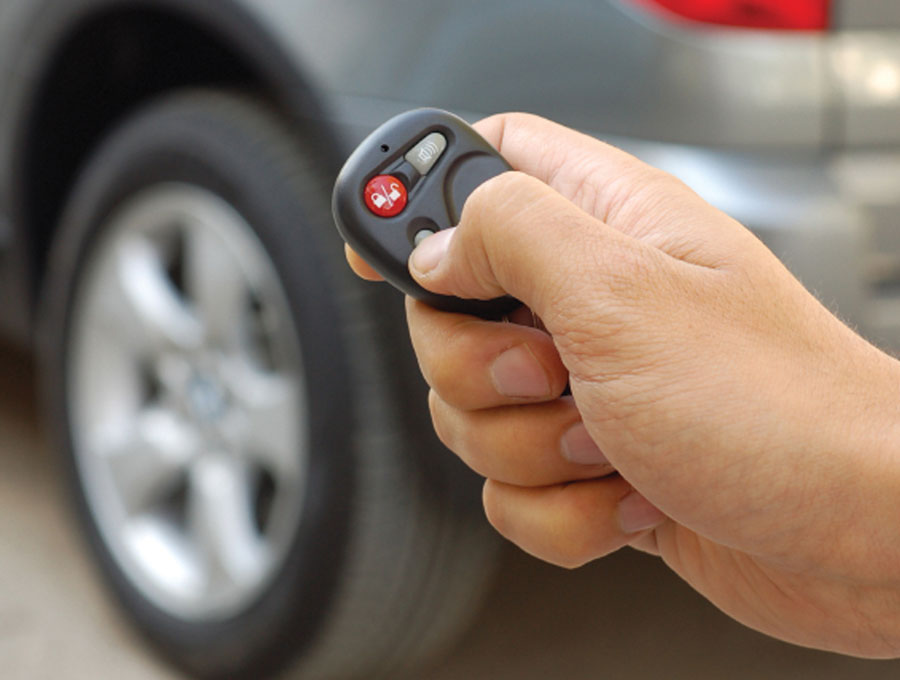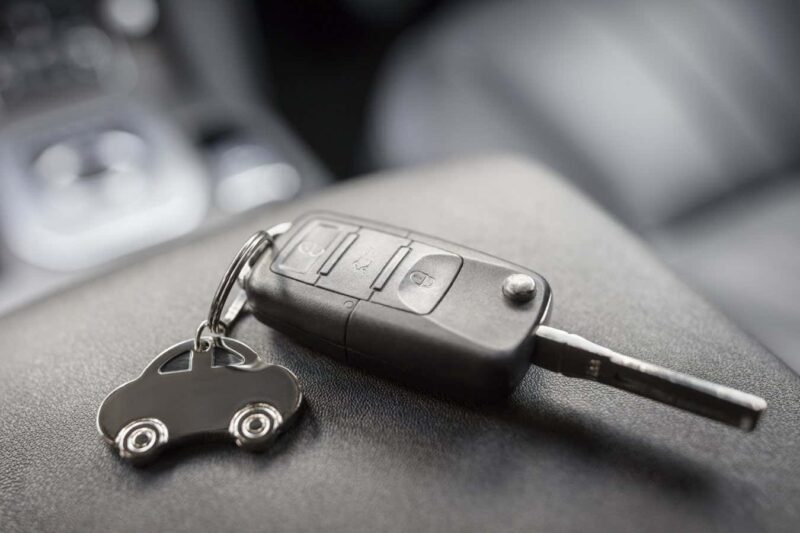Is your car key giving you trouble? You’re not alone. Many drivers face the frustration of a finicky key fob that just won’t cooperate when they need it most.
Whether it’s unresponsive buttons, intermittent connection, or a complete failure to unlock the doors, these pesky issues can quickly turn a smooth drive into a stressful ordeal. But before you rush to the dealership or ditch your trusty ride, take a moment to digest some useful troubleshooting tips.
In this article, well explore common problems associated with key fobs, easy fixes you can try at home, and when its time to seek professional help. Lets dive into the world of key fob dilemmas and find the solutions you need to get back on the road.
Symptoms of Key Fob Malfunctions

When your key fob starts acting up, it can be both frustrating and puzzling. One of the first signs to look out for is unresponsiveness—perhaps the lock or unlock buttons require multiple presses or dont work at all.
You might notice the range of the fob dwindling, rendering it ineffective unless youre standing right next to the car. In some cases, the panic button could be activated spontaneously, causing unnecessary chaos in your driveway.
Furthermore, inconsistent behavior, such as unlocking the doors but failing to start the engine, raises suspicion about the fobs battery life or potential internal damage. If you’re experiencing these symptoms, it’s a good idea to troubleshoot before considering a costly replacement, as many issues can often be solved with simple fixes.
Battery Replacement Process

Replacing the battery in your key fob can seem daunting, but with a little patience and the right tools, it’s a straightforward task. First, locate the seam of the fob; you might need a small flathead screwdriver to gently pry it open.
Be careful! Inside, you’ll typically find a round battery, often a CR2032 or similar model—check your owner’s manual to be sure. Once you pop out the old battery, take a moment to examine the contacts for any signs of corrosion or grime; a quick clean with rubbing alcohol can work wonders.
As you insert the new battery, ensure the positive side aligns correctly with its designated slot; that little detail can make all the difference. Finally, snap the fob back together, and voilà—test it to ensure all functions are back in action! If all goes well, you can rejoice in the return of your keyfobs’s responsiveness, but if trouble persists, it might be time to explore other issues lurking beneath the surface.
Conclusion

In conclusion, dealing with key fob issues can be frustrating, but with the right troubleshooting tips, many problems can be resolved quickly and easily. Regular maintenance, such as checking the battery and ensuring proper synchronization with your vehicle, can prevent many common issues.
If these steps do not yield results, consulting your vehicle’s manual or seeking professional assistance may be necessary. Remember, if your key fob is beyond repair, car key replacement services are available to help get you back on the road smoothly. By staying proactive and informed, you can minimize disruptions and enjoy a seamless driving experience.


